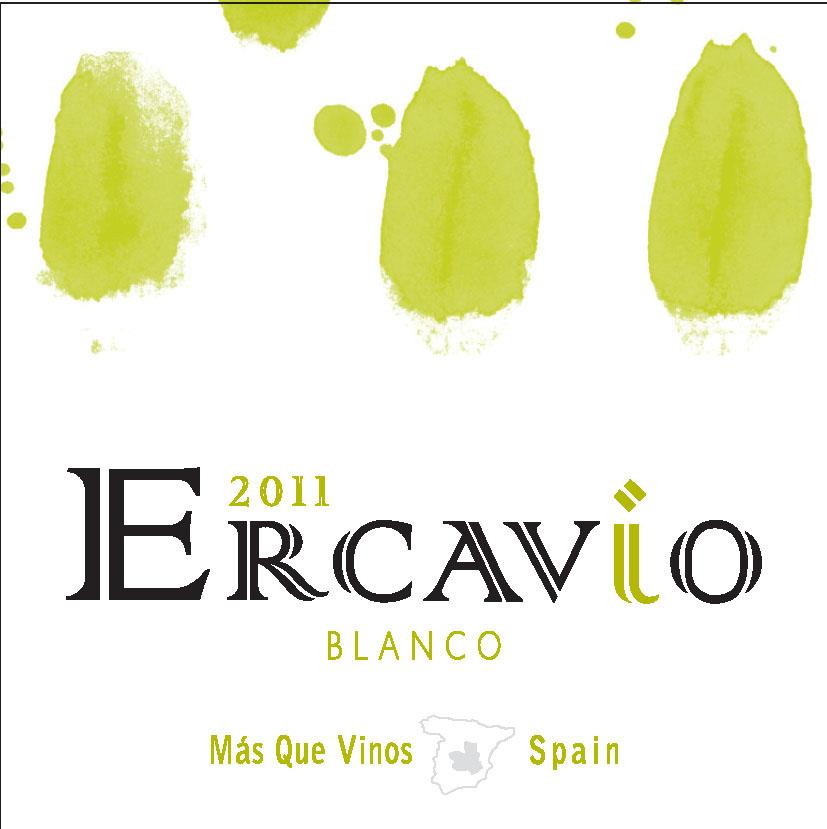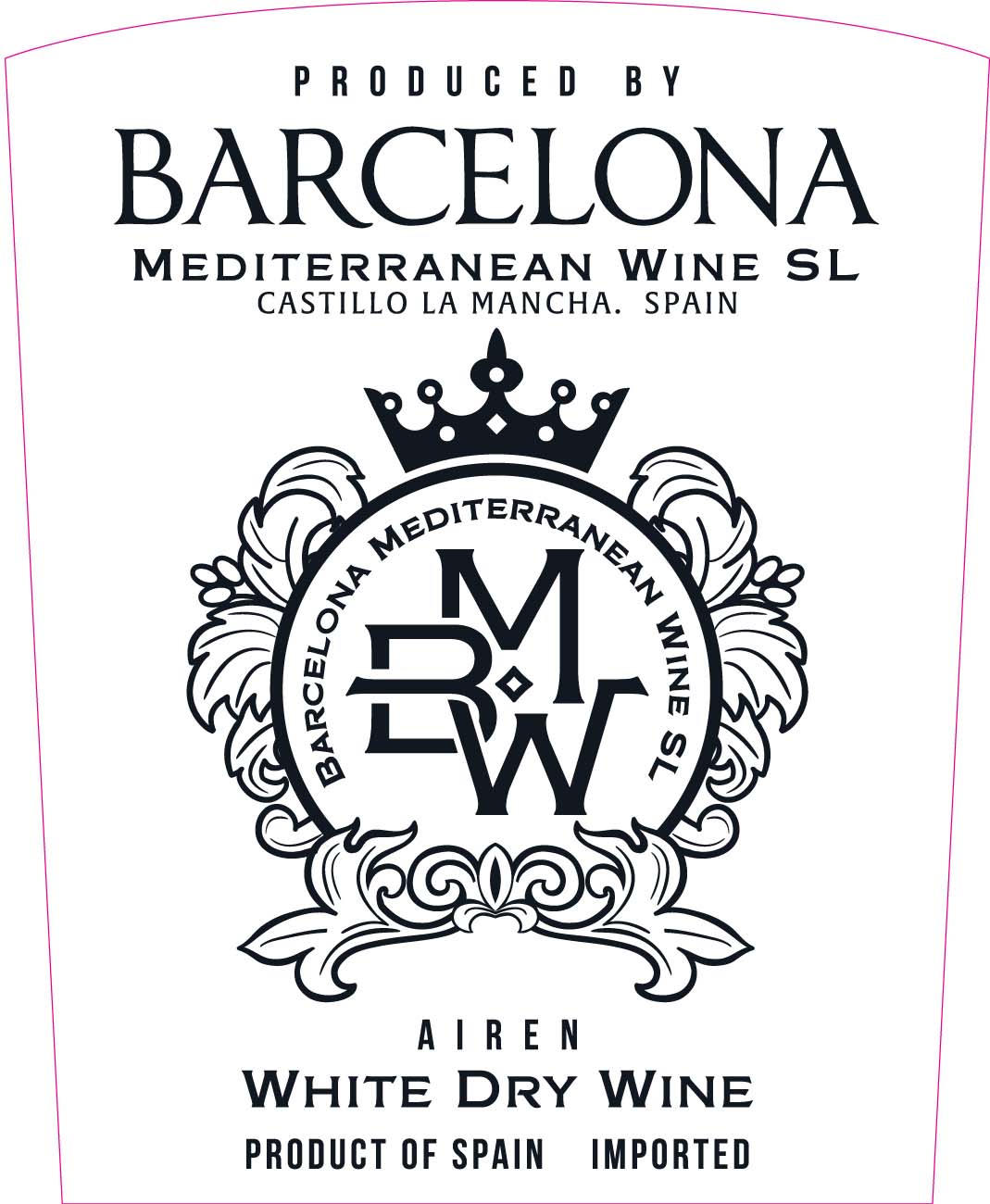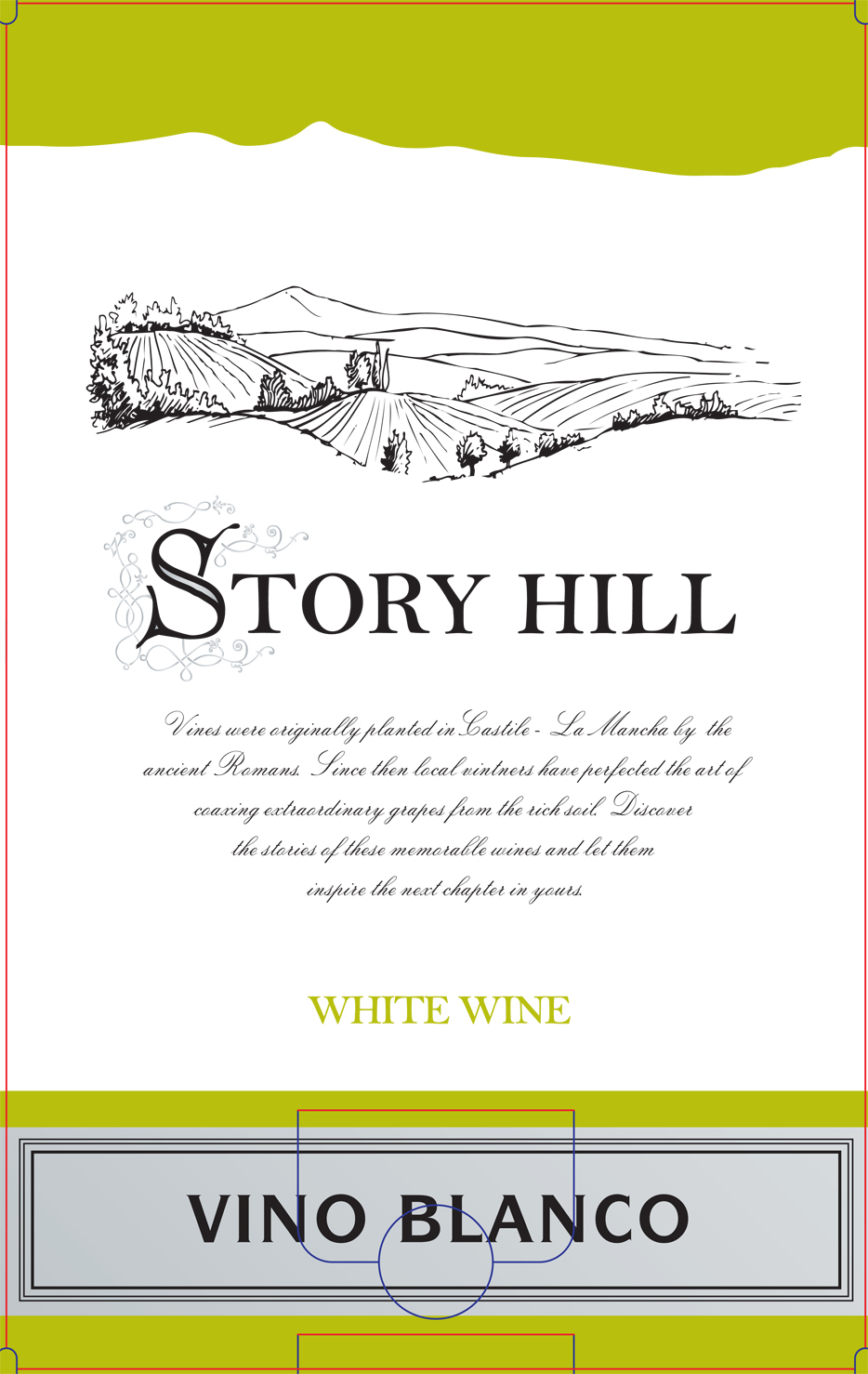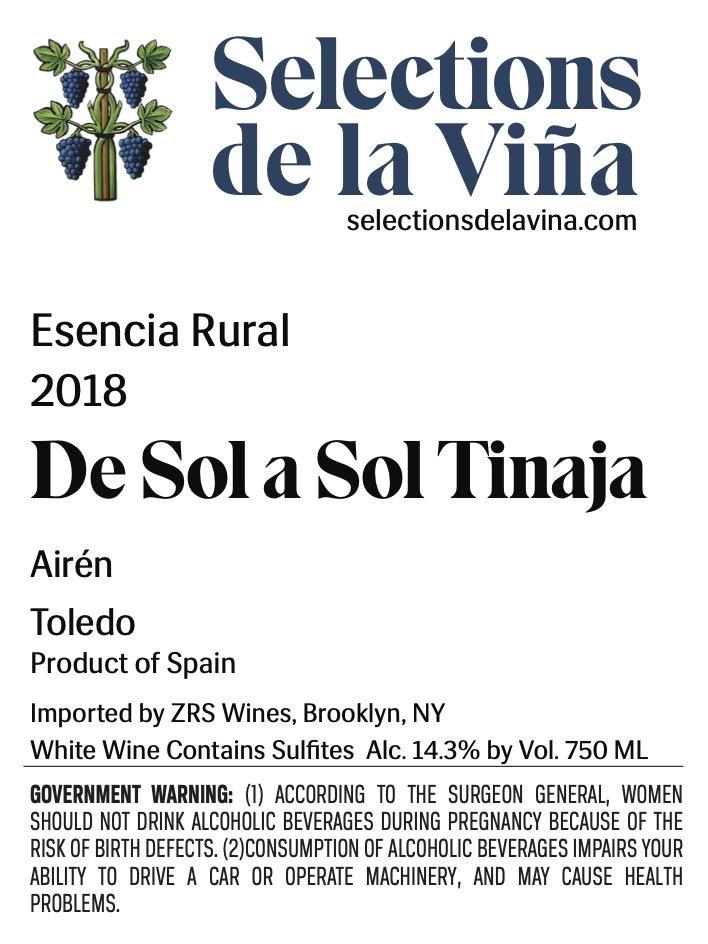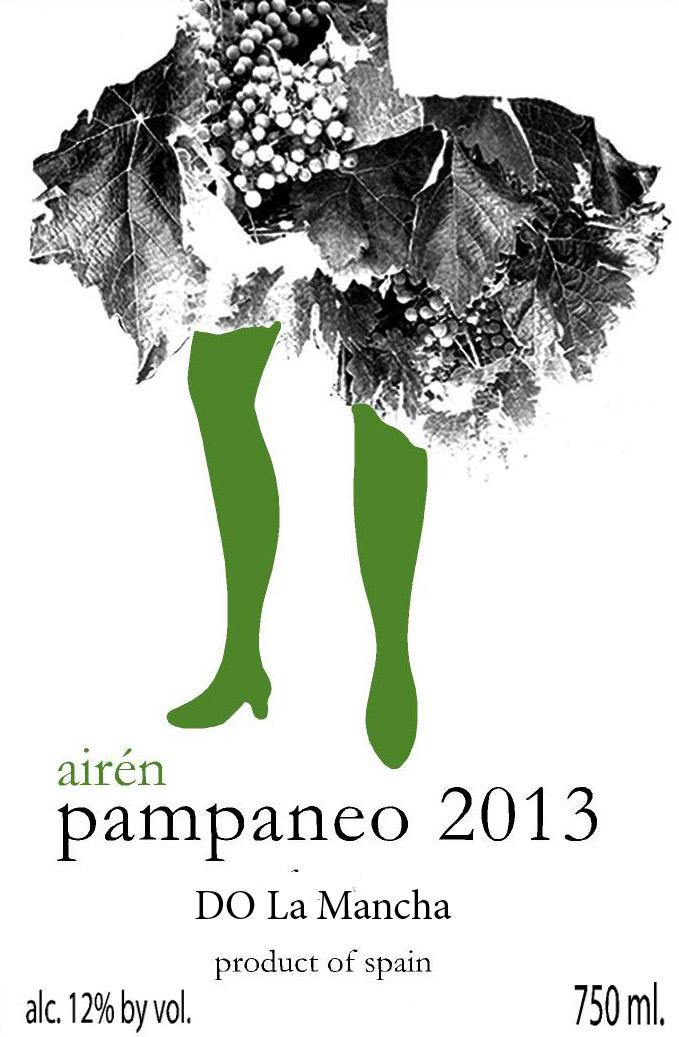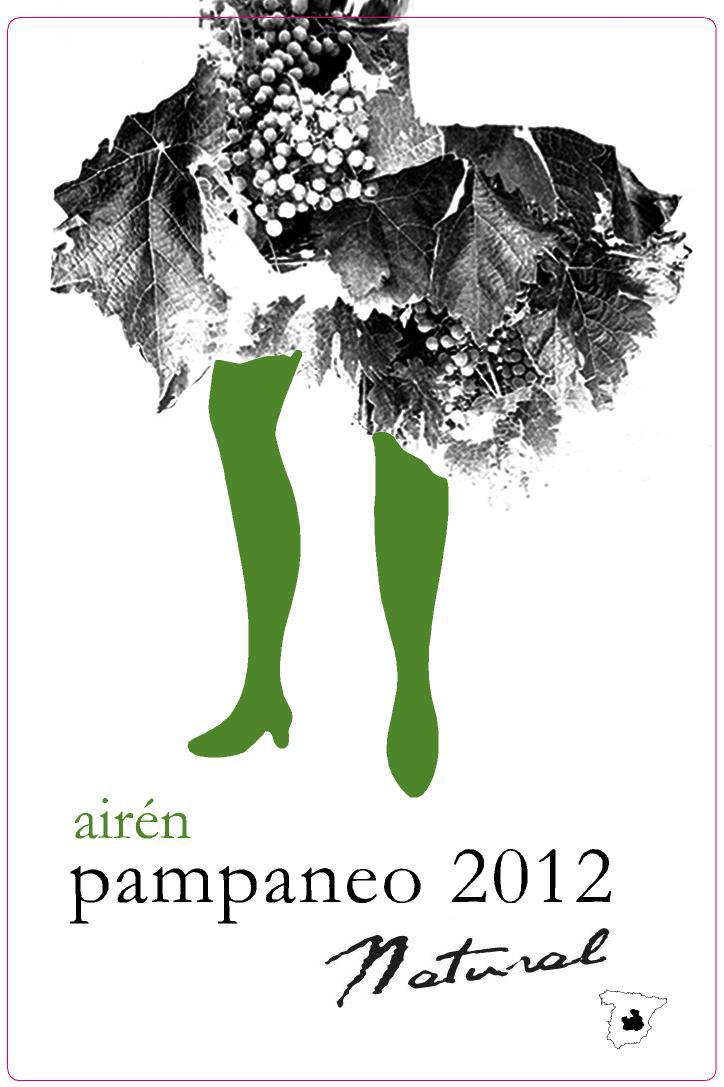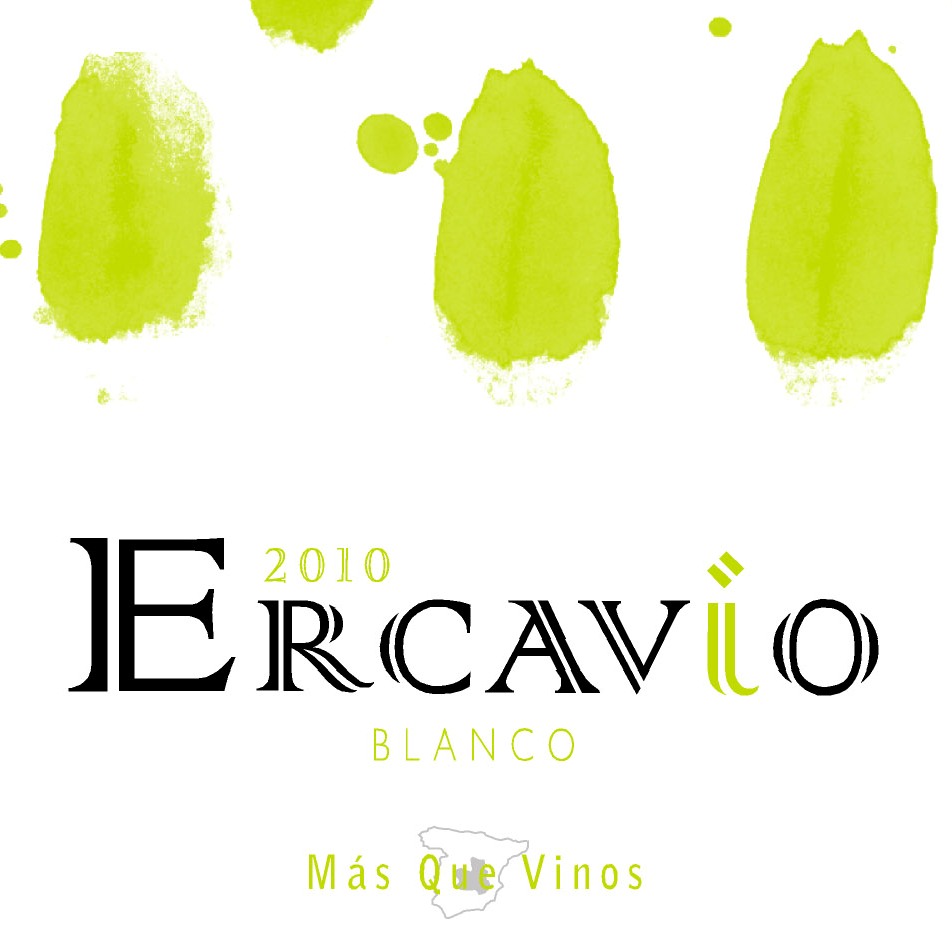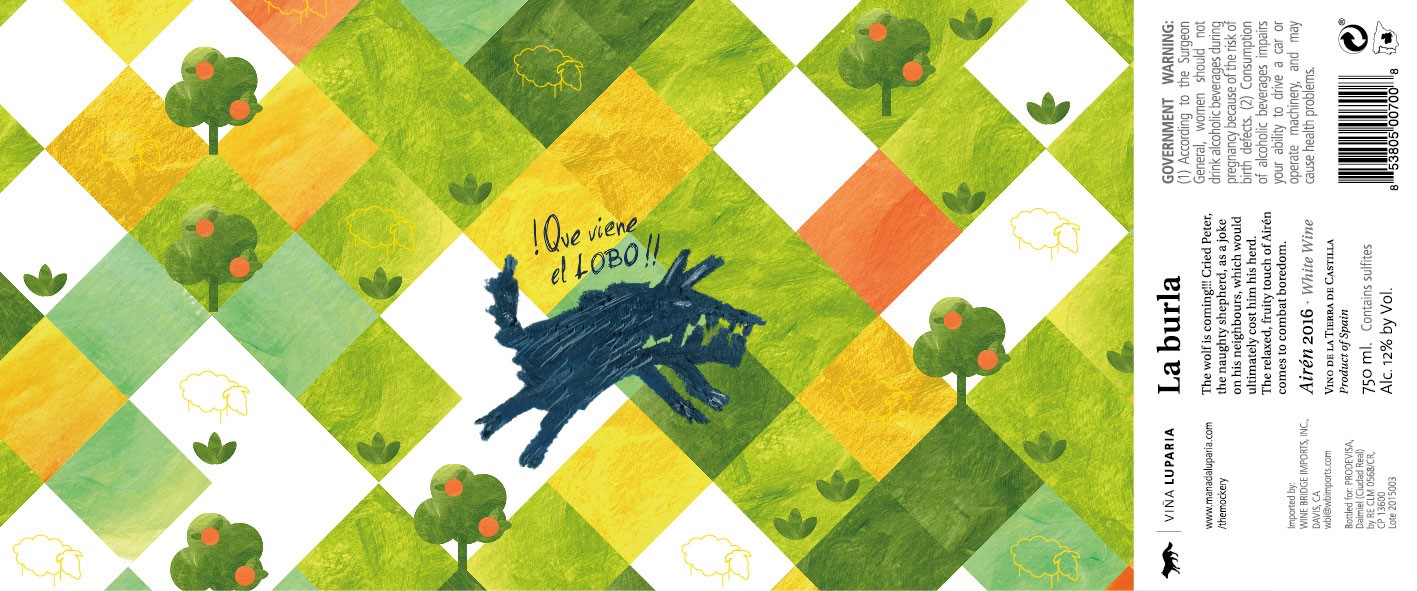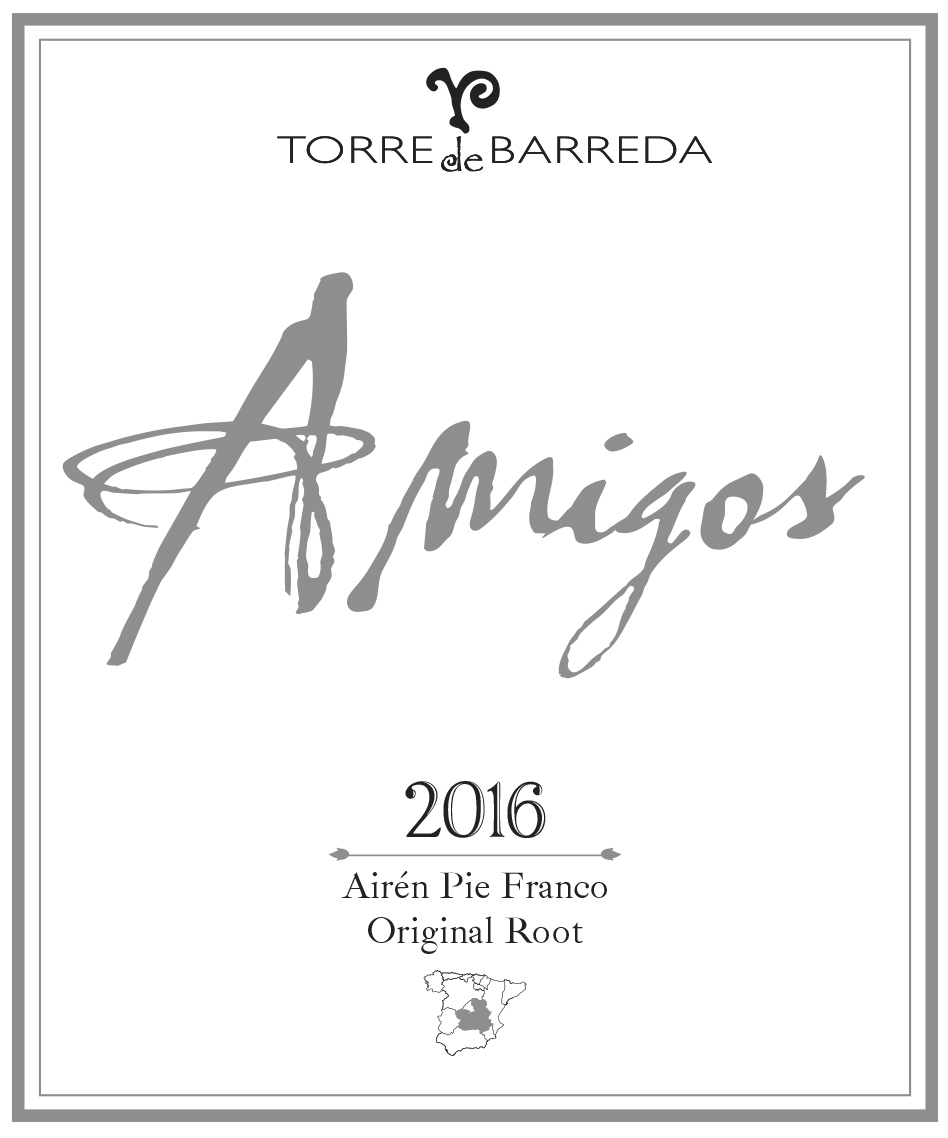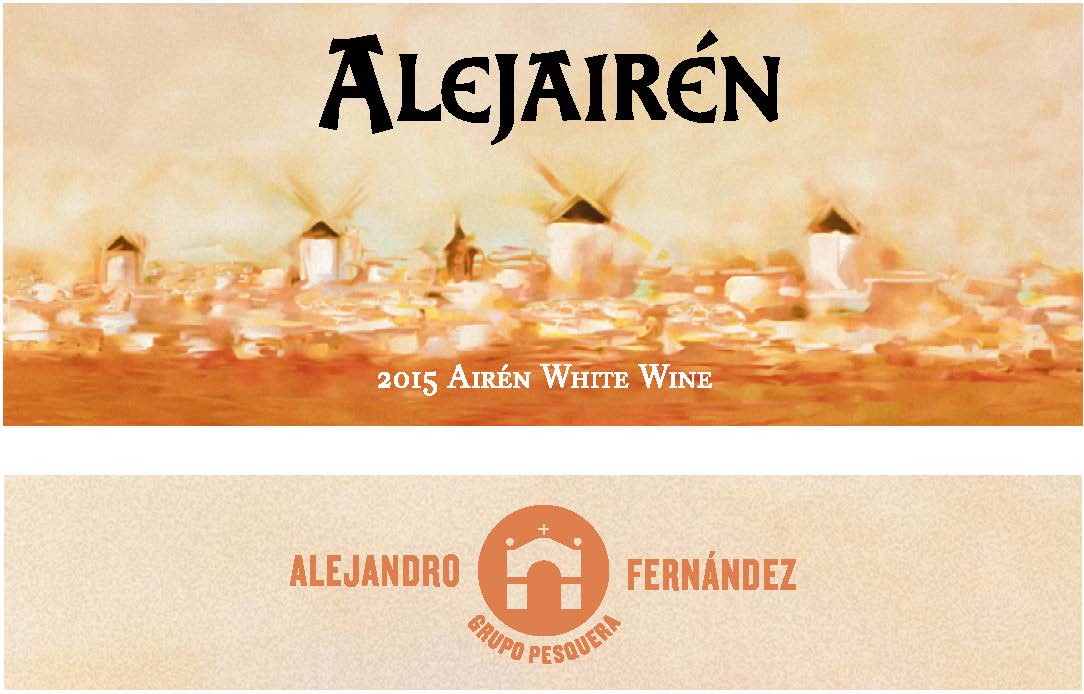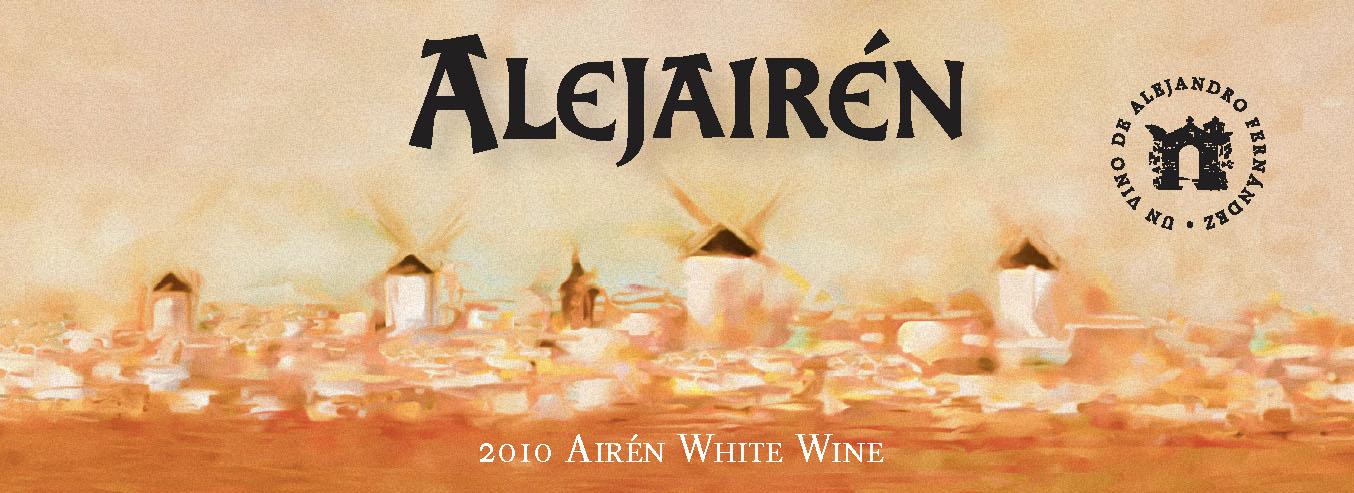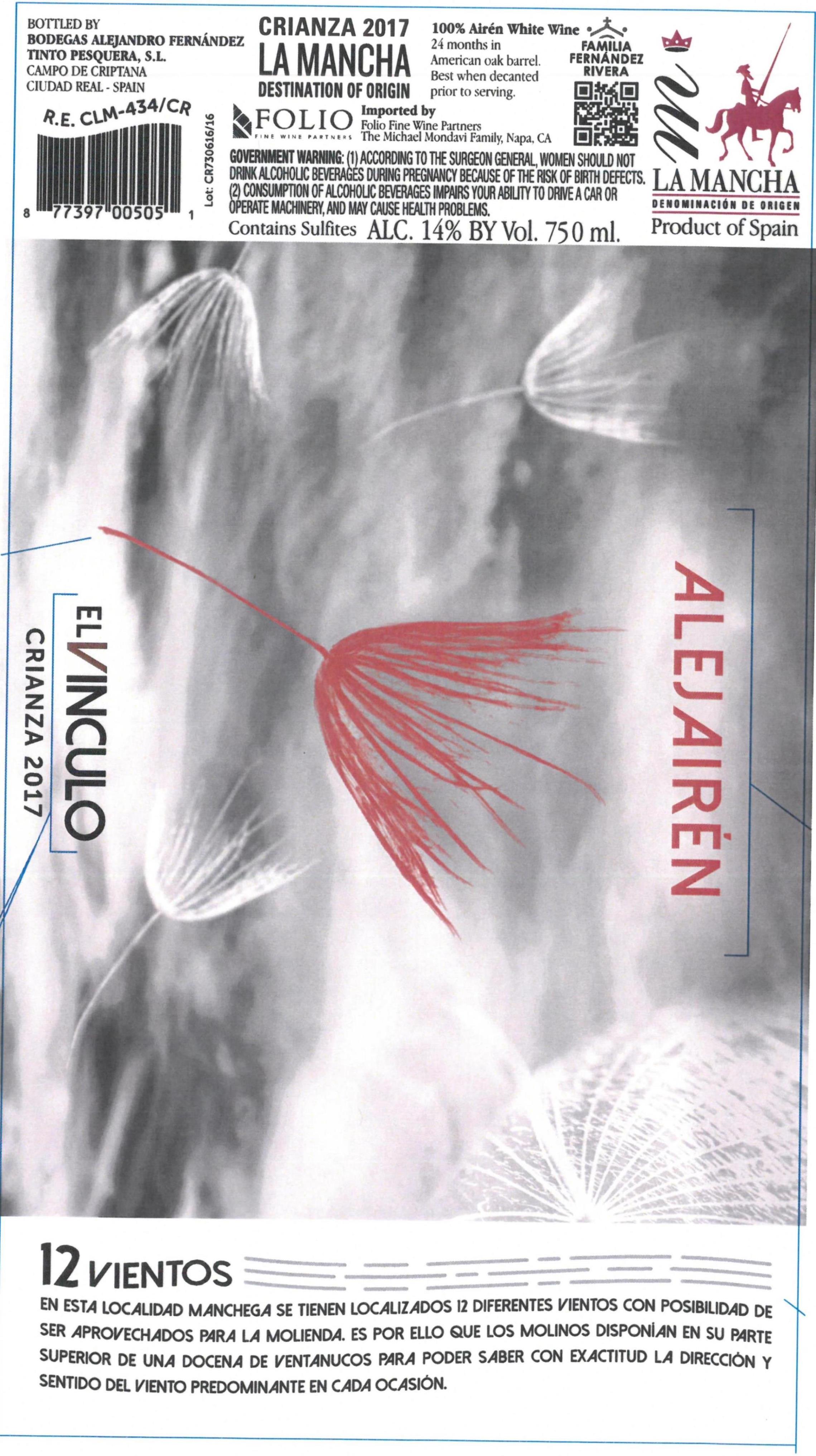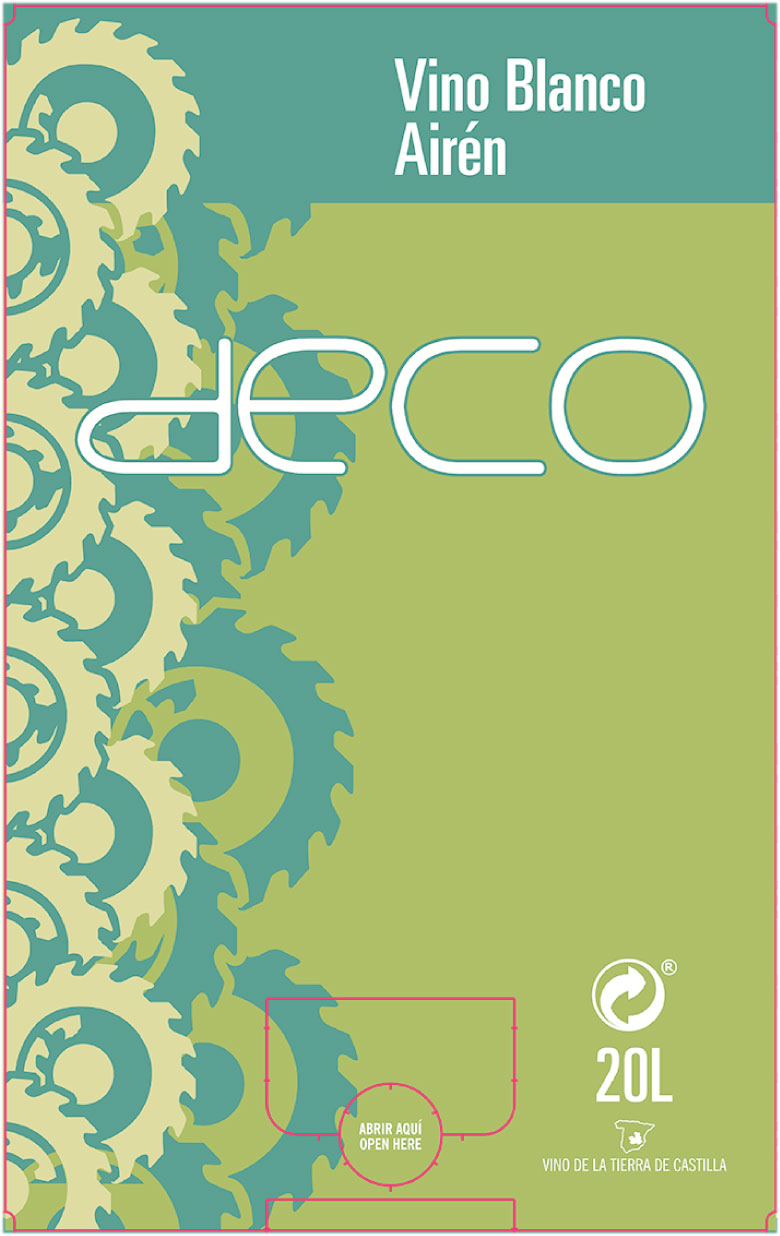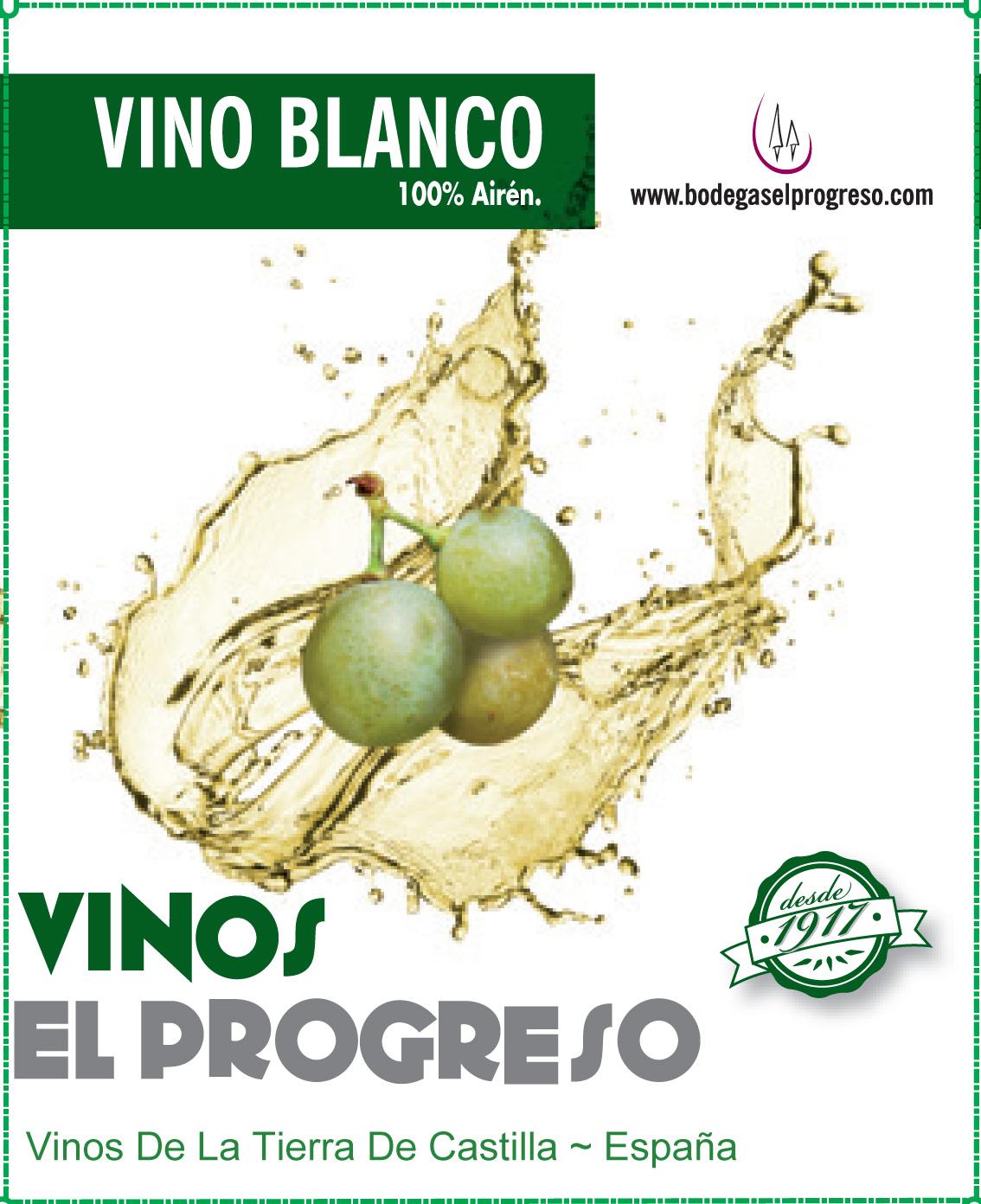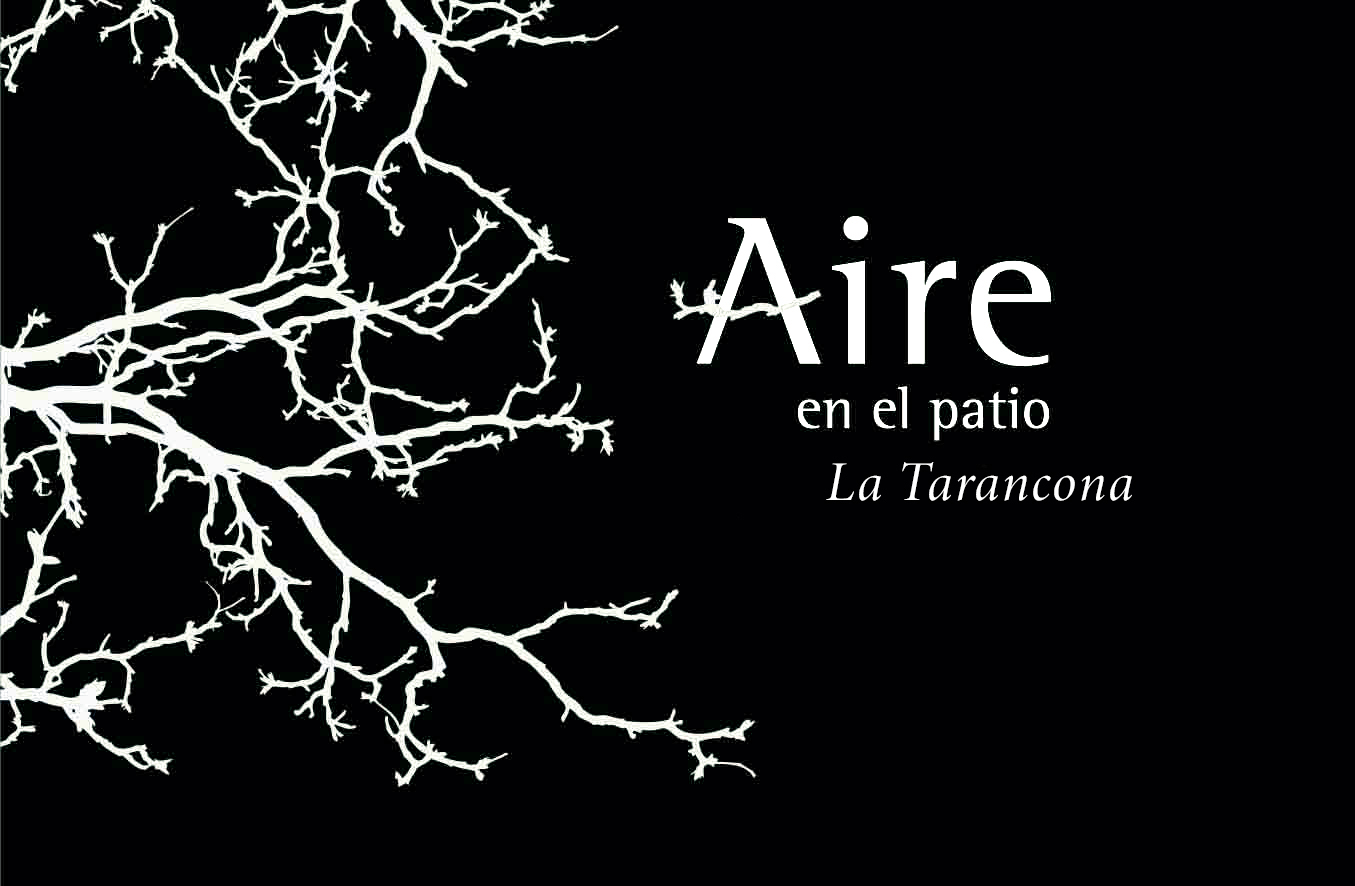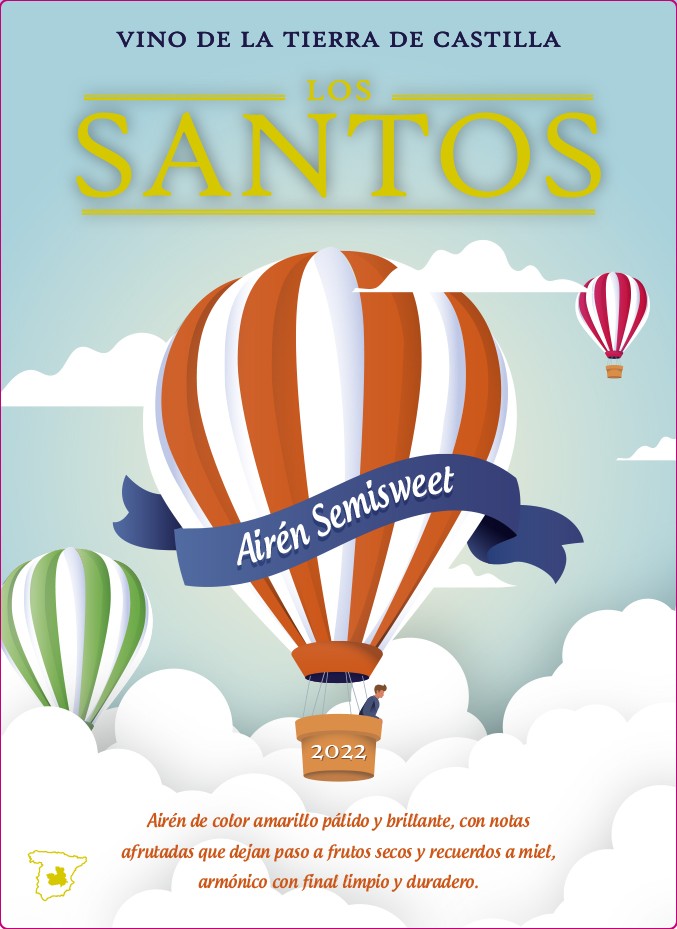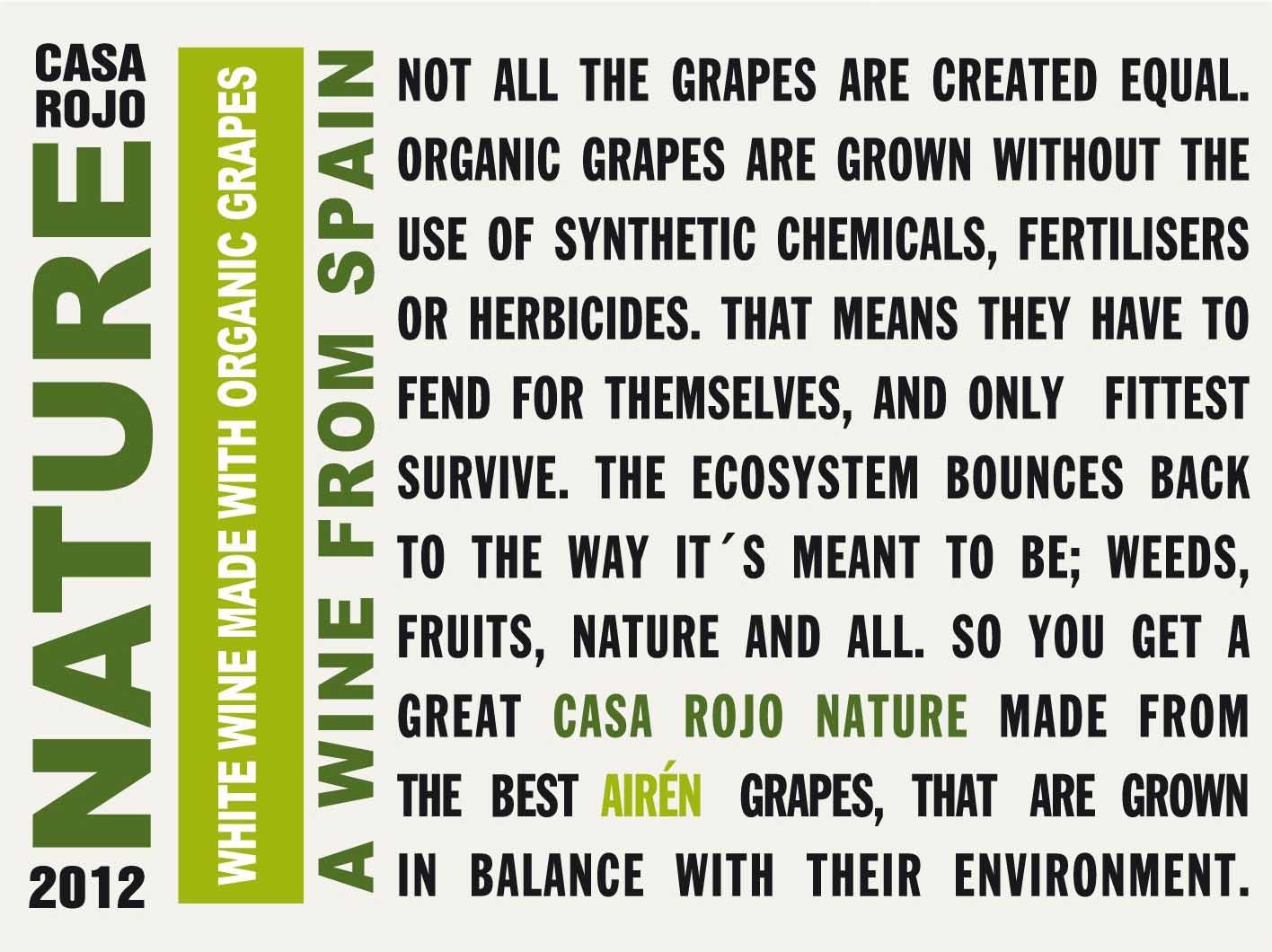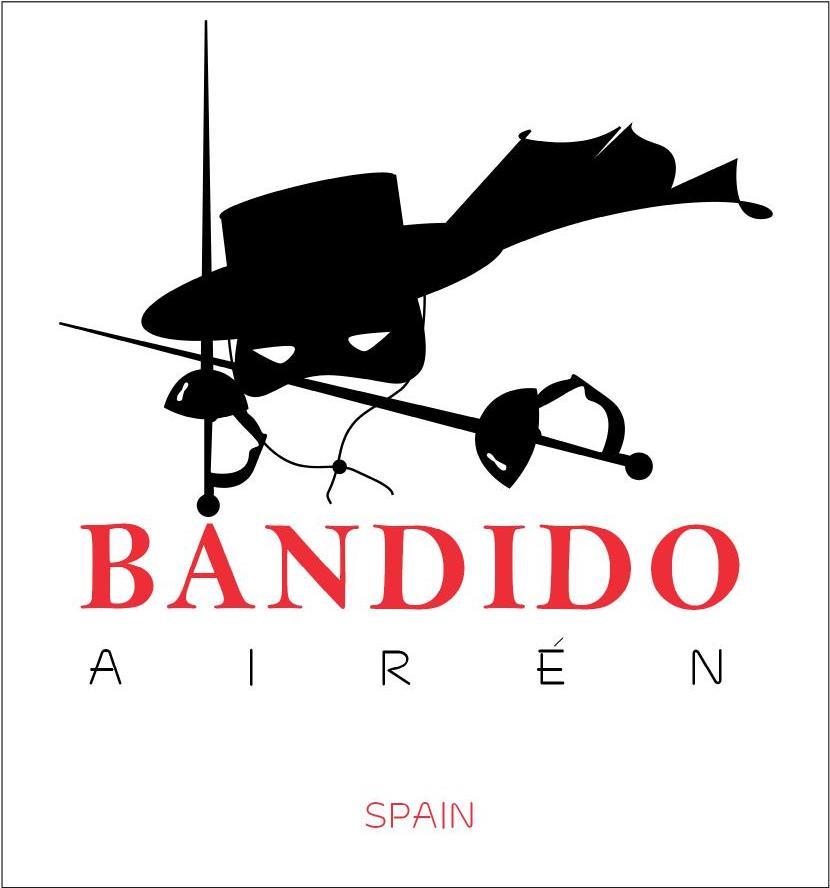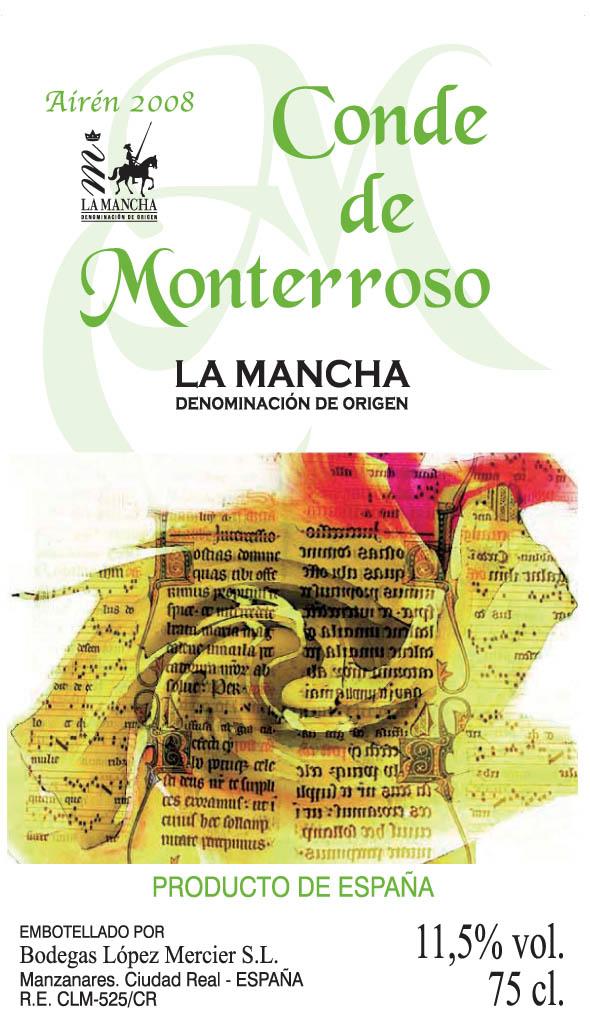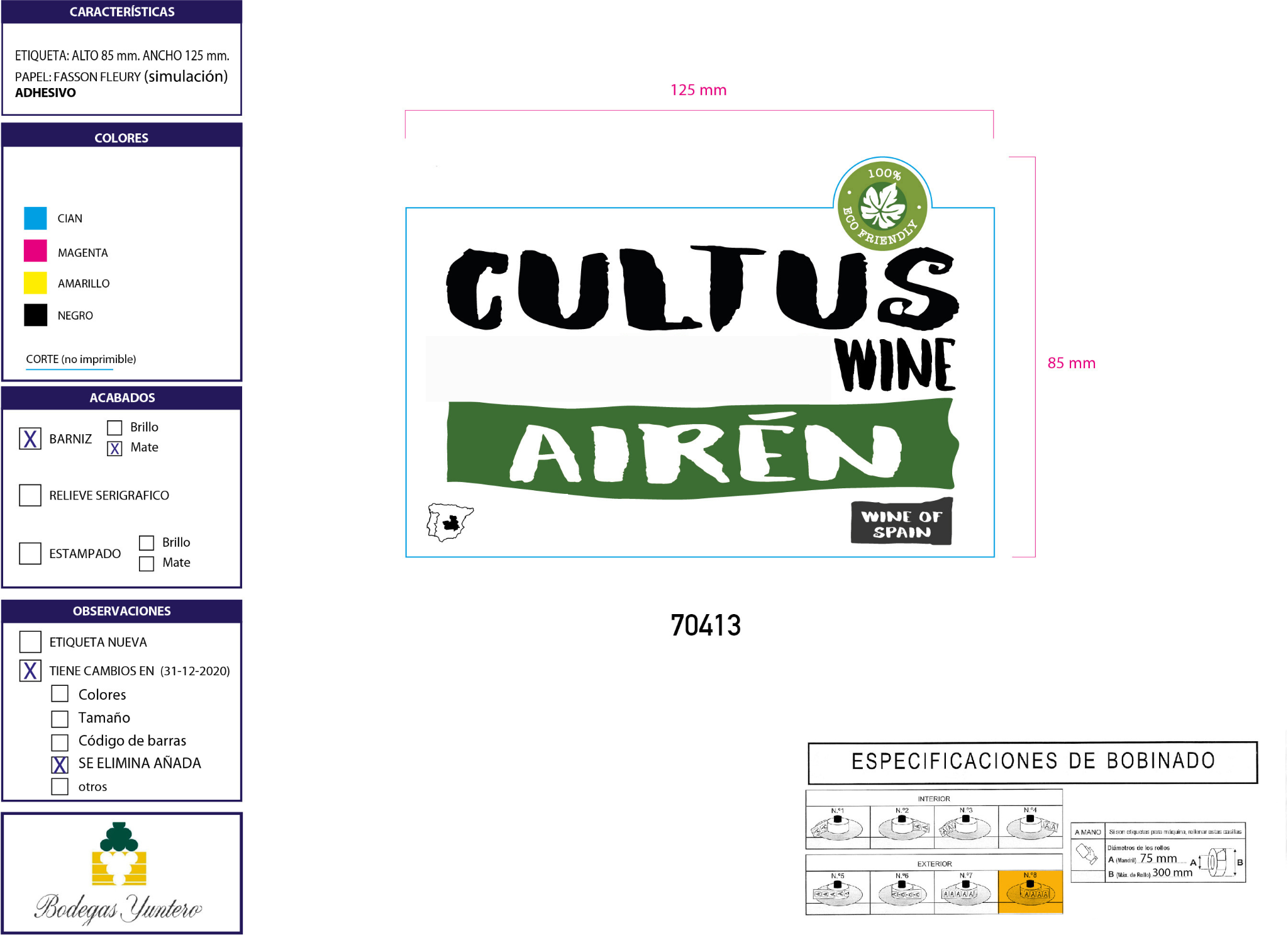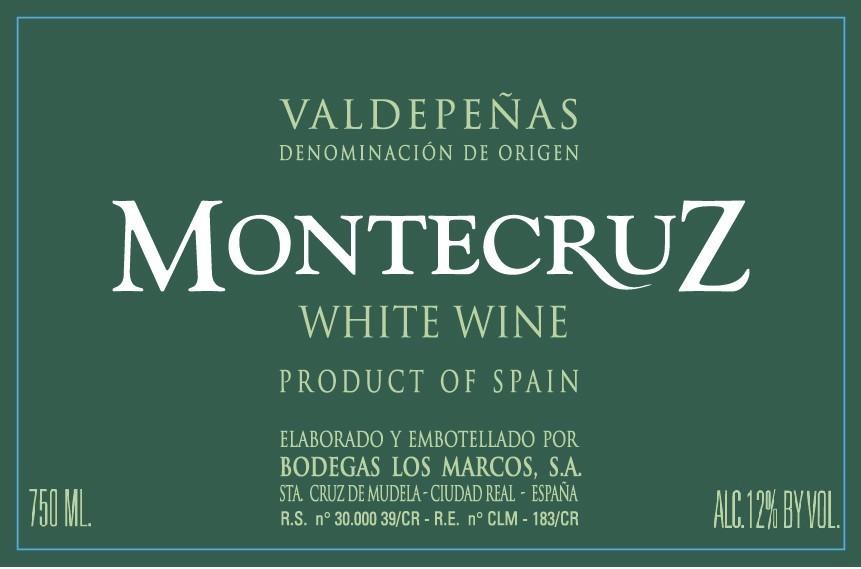Characteristics of Airén
Airén is a grape known for its resilience and adaptability, thriving in the poor, calcareous soils and harsh, dry climates of central Spain where few others can survive. The wines are usually light in body, with low to moderate acidity, pale yellow color, and alcohol levels that today sit between 11% and 13.5%, though historically they could reach as high as 15%.
With tannins effectively absent, as is typical for white wines, the palate is soft and approachable, yet some examples can show a certain crispness, especially when served well-chilled.
Airén’s late-budding, late-ripening nature protects it from spring frosts, and its high-yield potential—often producing 4.5 to 6 kg per vine—has long made it a staple for bulk wine and brandy production.
What Does Airén Taste Like?
Airén’s flavor profile is shaped most distinctly by regional influence and climate. In its mass-produced form, Airén tends to be straightforward and easy-drinking, with a neutral, subtle character. However, when grown with lower yields—especially from older vines or special vineyard sites—the grape reveals a more nuanced side.
-
Climate Influence: Warmer growing conditions coax out gentle tropical notes such as pineapple, banana, and melon, adding a sun-kissed edge to its usual profile.
-
Regional Expression: Across regions, you’ll often find crisp green apple, pear, and citrus flavors, with occasional hints of peach or apricot. Select vineyard sites can impart chalky, mineral, or slightly salty undertones, while careful winemaking may draw out delicate floral, herbal, or nutty notes.
Thoughtfully made Airén offers a subtle but rewarding mix of fruit, floral, and mineral flavors—far more interesting than its reputation suggests.
Notable Region Airén Grows In
The character and reputation of Airén are inseparable from the unique landscapes and climates of central and southern Spain, where it has long been a defining grape.
-
Castilla-La Mancha (DO La Mancha): The heartland of Airén, with vast high-altitude vineyards and a dry, continental climate, shaping the grape’s resilient nature and neutral flavor profile.
-
DO Valdepeñas: Known for its limestone soils and extreme temperatures, this historic region highlights Airén’s adaptability, especially in traditional blends and local clarete styles.
-
Vinos de Madrid DO: In the outskirts of Spain’s capital, Airén is used in both traditional and modern expressions, reflecting the grape’s versatility in different terroirs.
-
Montilla-Moriles (Andalusia): Here, Airén—locally called Layrén—thrives in the hot southern climate, contributing to distinctive regional wines alongside other native varieties.
Food Pairings
With its light body and crisp, dry style, Airén is an easygoing wine that pairs beautifully with a variety of fresh, flavorful dishes.
-
Seafood and Fresh Starters: Airén’s gentle acidity complements grilled or steamed white fish, shellfish like shrimp and clams, as well as sushi, sashimi, and classic Spanish tapas such as garlic shrimp or Marcona almonds.
-
Poultry and Vegetarian Fare: Light poultry dishes—such as lemon chicken or turkey breast—alongside vegetable-based plates like gazpacho, green salads, or pasta with zucchini and parmesan, all work well with Airén’s refreshing character.
-
Cheese and Appetizers: Mild, fresh cheeses, antipasti platters, chilled soups, and light East Asian cuisine highlight Airén’s delicate flavors without overpowering them.


